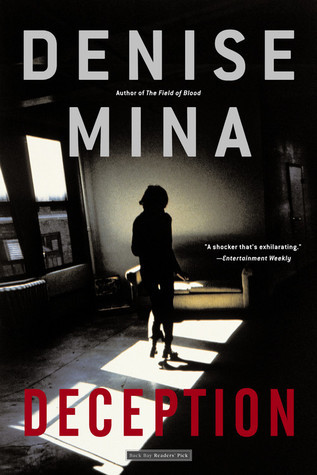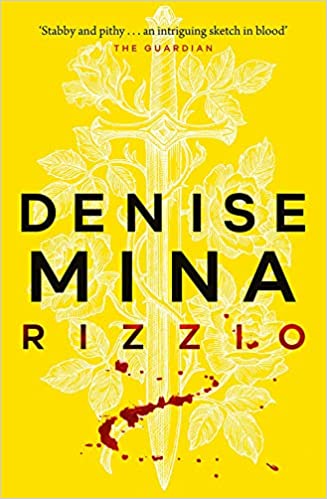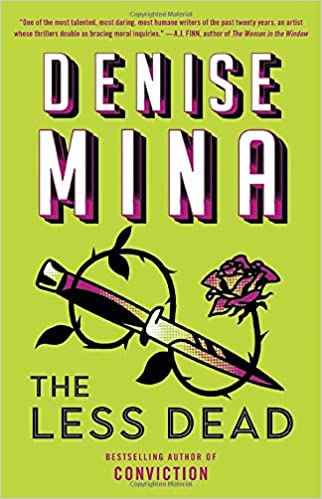Since I discovered recently that I had missed one of Denise Mina’s books, I looked again and found I had also missed Deception (also published as Sanctum), from 2002.
Lachlan Harriot is on his way to his wife Susie’s trial at the beginning of Deception. She is a psychiatrist accused of having had an affair with a convicted serial killer, Andrew Gow, and then murdering him and his wife after he was released from prison on appeal. Lachlan is sure she is innocent and will get off. He is certain she never had an affair with Gow.
But Susie is convicted after the prosecution spins a lurid story. Lachlan begins spending his insomnia-filled nights in Susie’s office—previously off-limits—looking for evidence that can be used for an appeal. Slowly, he begins turning up indications that nothing is what he thought it was, starting with proof that Susie has lied. Months before the murder, she was fired from her job at the prison after being accused of stealing Gow’s files. She always said she was fired because of sexism and did not take the files. But Lachlan finds them in the office.
This is a slow-building novel that takes a little patience. The facts Lachlan turns up aren’t as shocking as promised by the cover blurbs, but Mina is a superb plotter. The book doesn’t disappoint.










